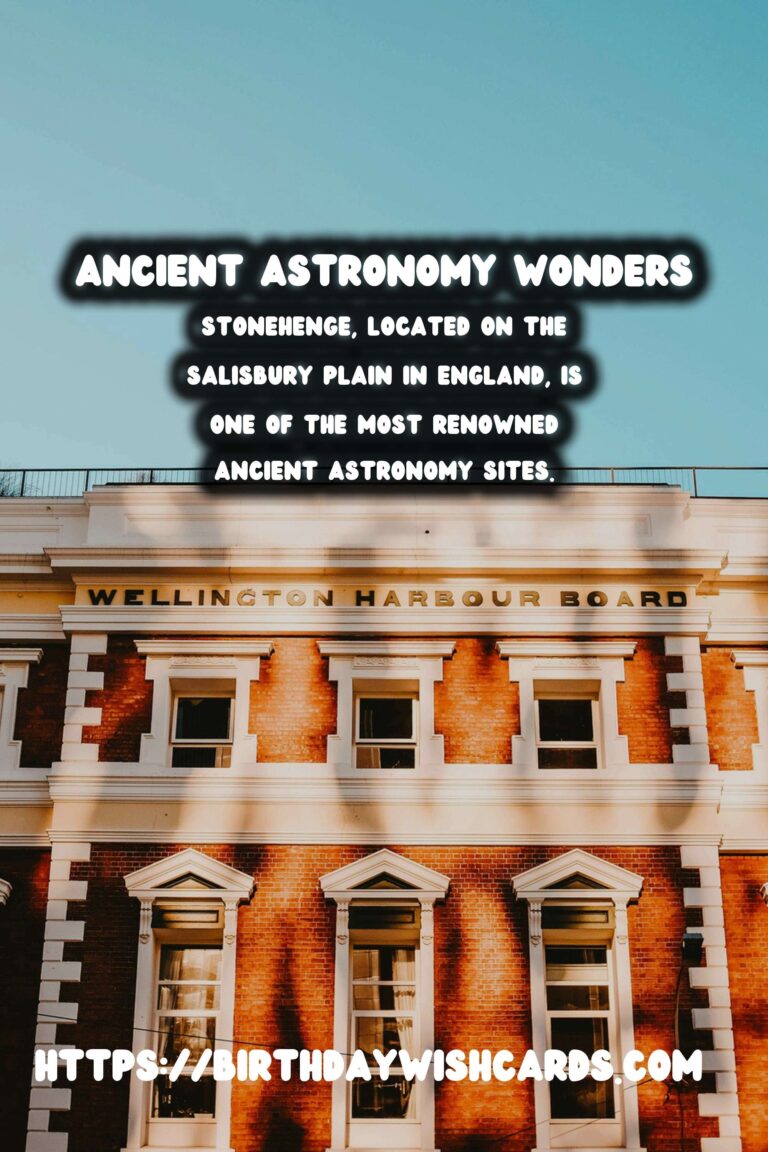
Humanity’s fascination with the cosmos has prompted civilizations to leave behind sophisticated structures dedicated to sky watching and calendrical purposes. These ancient sites provide insight into the astronomical knowledge and celestial observations of bygone eras. This article delves into some of the most remarkable ancient astronomy sites that served as calendars and means of celestial measurement.
Stonehenge: The Silent Sentinel of Time
Stonehenge, located on the Salisbury Plain in England, is one of the most renowned ancient astronomy sites. Composed of massive stone circles and earthworks, it is believed to have been constructed between 3000 BC and 2000 BC. Despite being shrouded in mystery, one prevalent theory suggests that Stonehenge served as an astronomical calendar. The alignment of the stones with the sunrise of the summer solstice indicates its purpose in tracking celestial events.
Chichen Itza: The Astronomical Pyramid of Kukulkan
The Mayan city of Chichen Itza, situated on the Yucatán Peninsula in Mexico, is home to El Castillo or the Temple of Kukulkan. This pyramid features 365 steps, one for each day of the year, and serves as an incarnation of the Mayan calendar. During the equinoxes, the setting sun casts a shadow that creates the illusion of a serpent slithering down the pyramid’s side, demonstrating the Mayans’ advanced understanding of astronomical phenomena.
Machu Picchu: The Intihuatana Stone
Nestled high in the Andes Mountains of Peru, Machu Picchu is an Incan citadel that includes the Intihuatana stone, a ritual stone that the Incas constructed for telling time and observing cosmic cycles. This stone is precisely aligned with the sun’s position during the solstices, showcasing the Incas’ ability to integrate astronomical insights with their architectural designs.
Nabta Playa: Africa’s Astronomical Milestone
Deep in the Nubian Desert of southern Egypt, Nabta Playa served as a crucial ceremonial center and includes the world’s oldest known megalithic circle, dating back to around 4000 BC. The stones align with the summer solstice sunrise, suggesting that it functioned as a prehistoric observatory, marking the onset of the rainy season, crucial for survival in this harsh environment.
Newgrange: Ireland’s Portal to the Past
Newgrange, a prehistoric monument in County Meath, Ireland, is more than 5,000 years old. Its sophisticated construction includes a long passage and chamber that aligns with the winter solstice sunrise, flooding the inner chamber with light. This alignment highlights its use as a solar calendar, emphasizing the importance of agricultural cycles to the ancient people of Ireland.
Conclusion: Bridging Ancient Wisdom and Modern Understanding
The legacy of ancient astronomy sites like Stonehenge, Chichen Itza, Machu Picchu, Nabta Playa, and Newgrange provides profound insights into the capabilities and wisdom of ancient cultures. Though technology has vastly evolved, these sites remind us of humanity’s enduring quest to understand the heavens and the passage of time. Through these timeless structures, we continue to learn and appreciate the astronomical achievements of our ancestors.
Humanity’s fascination with the cosmos has prompted civilizations to leave behind sophisticated structures dedicated to sky watching and calendrical purposes. Stonehenge, located on the Salisbury Plain in England, is one of the most renowned ancient astronomy sites. 
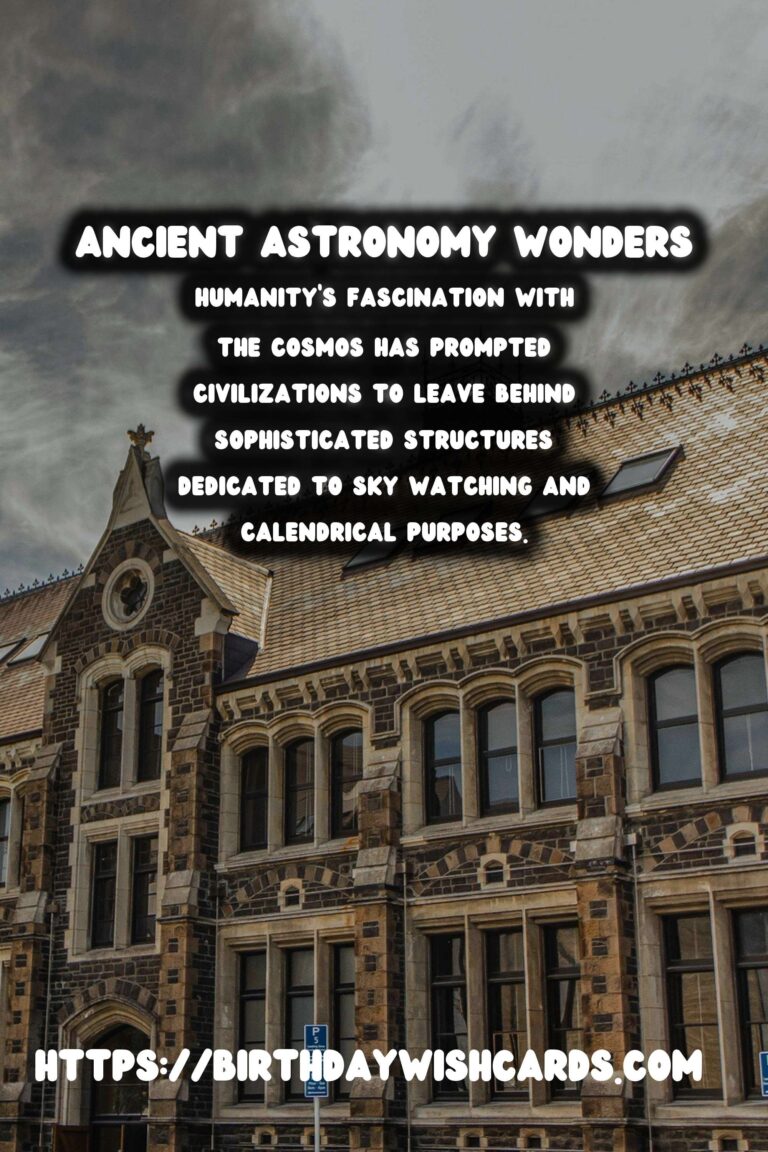
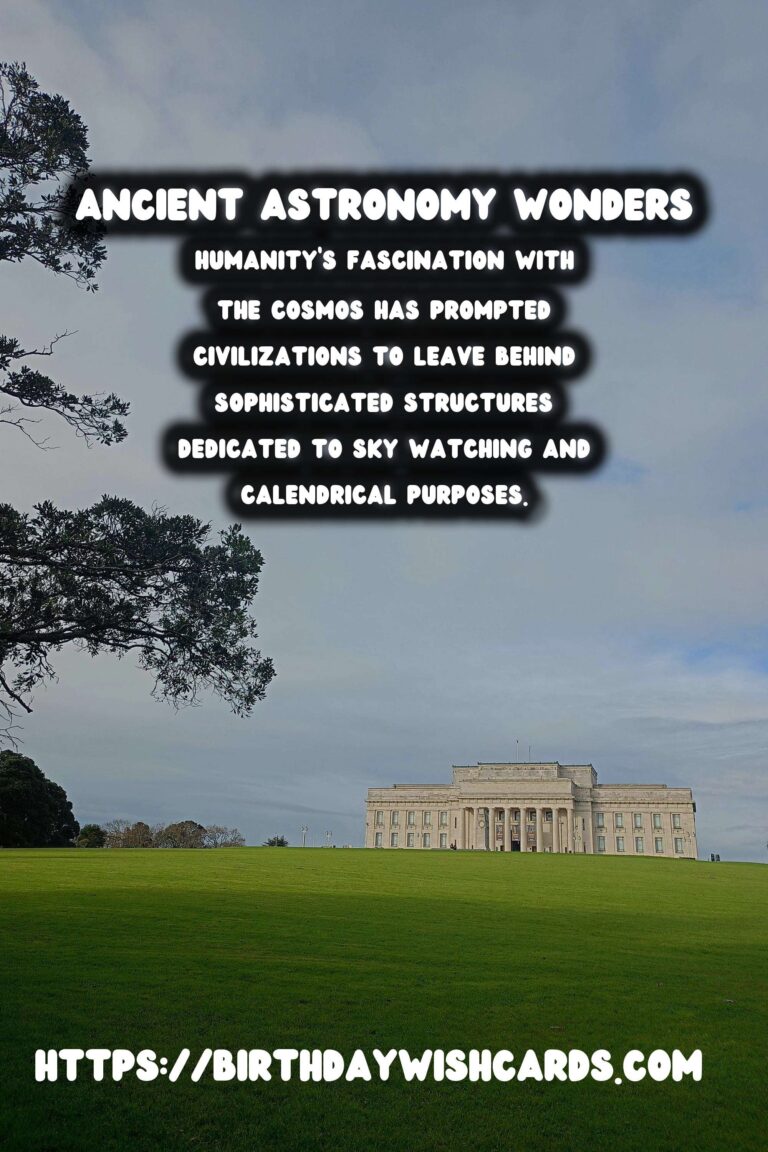
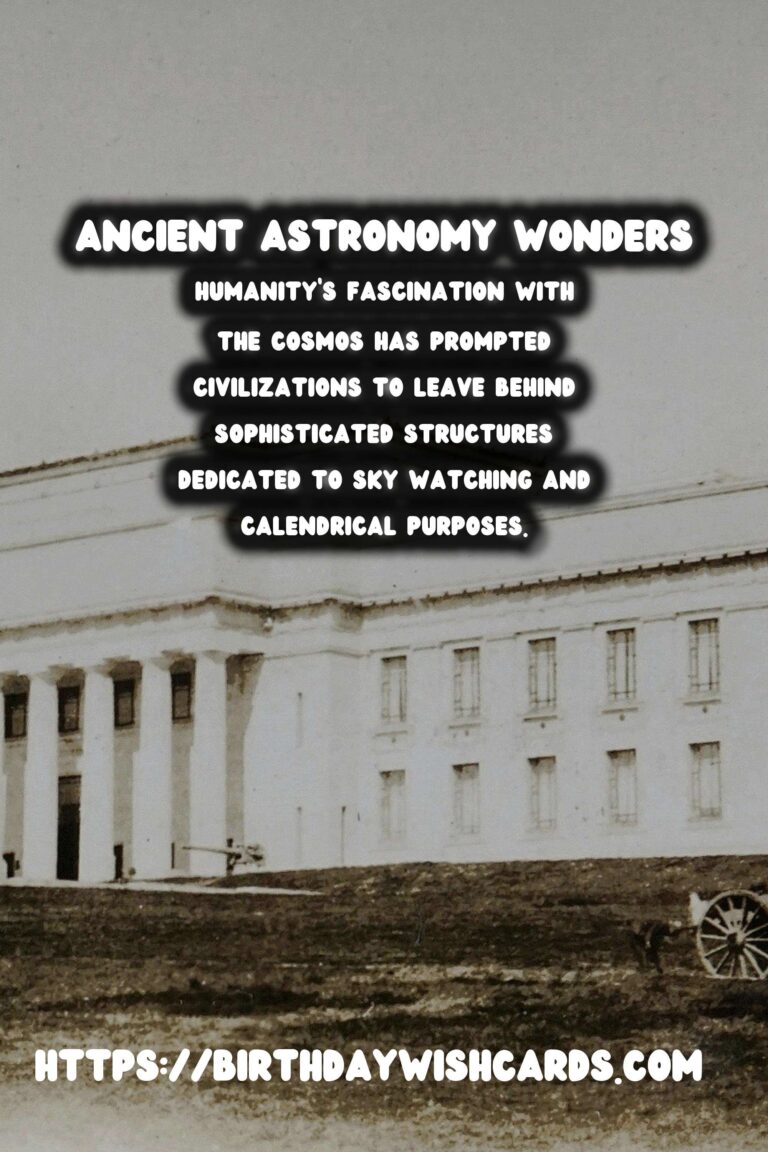
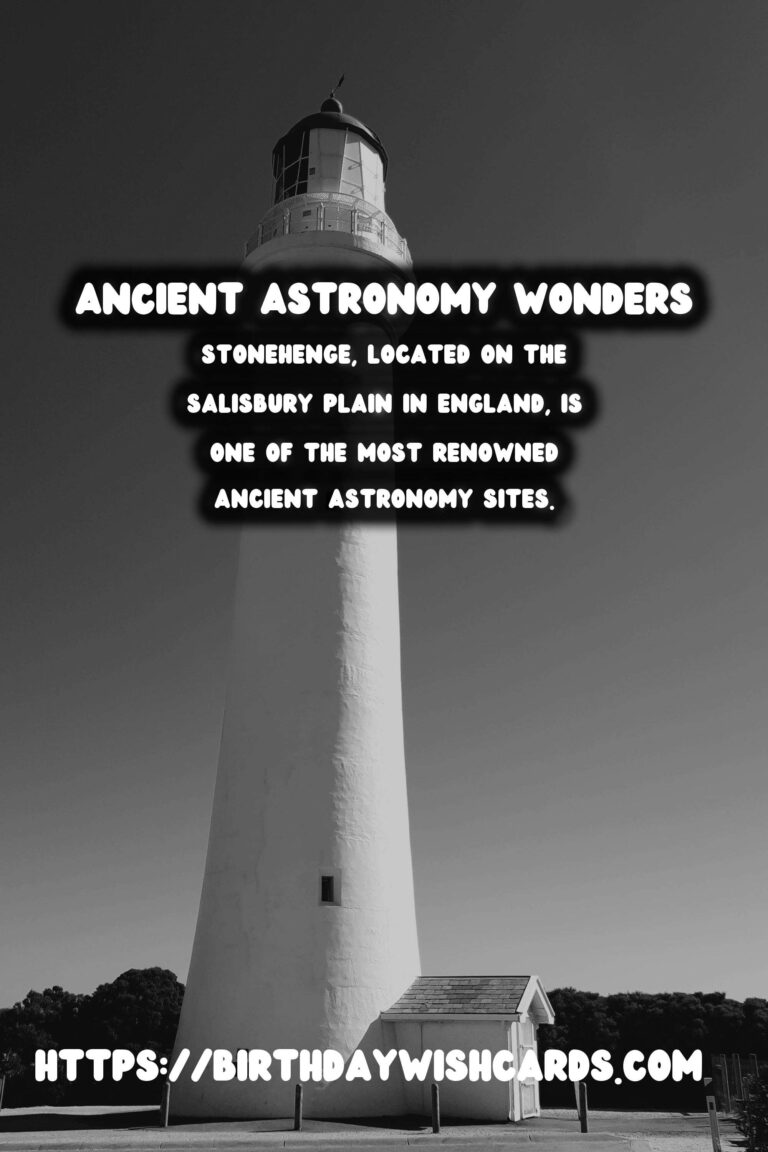
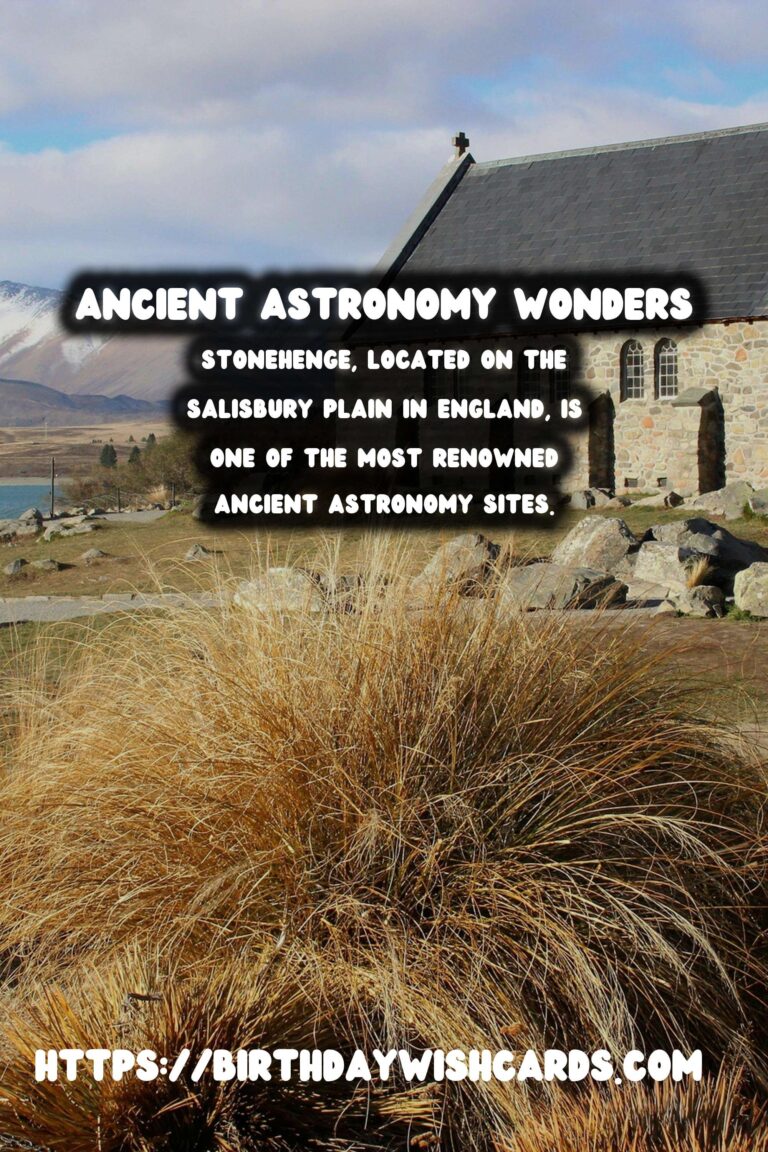
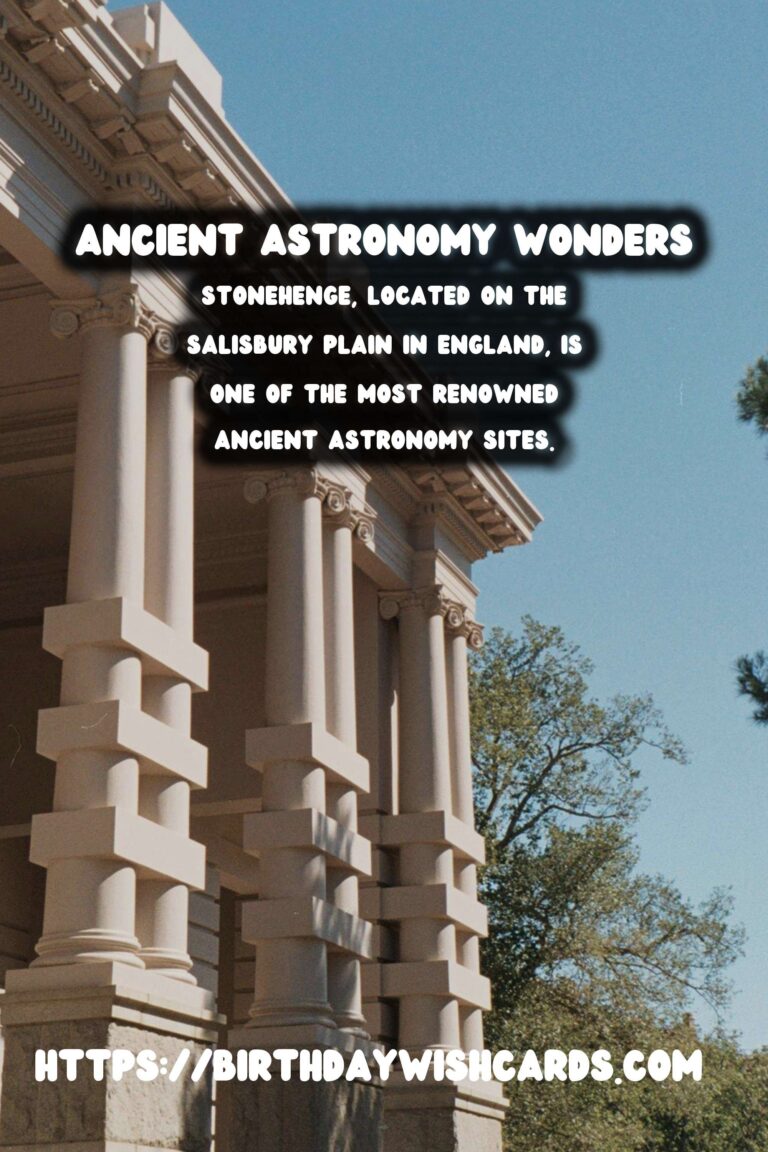
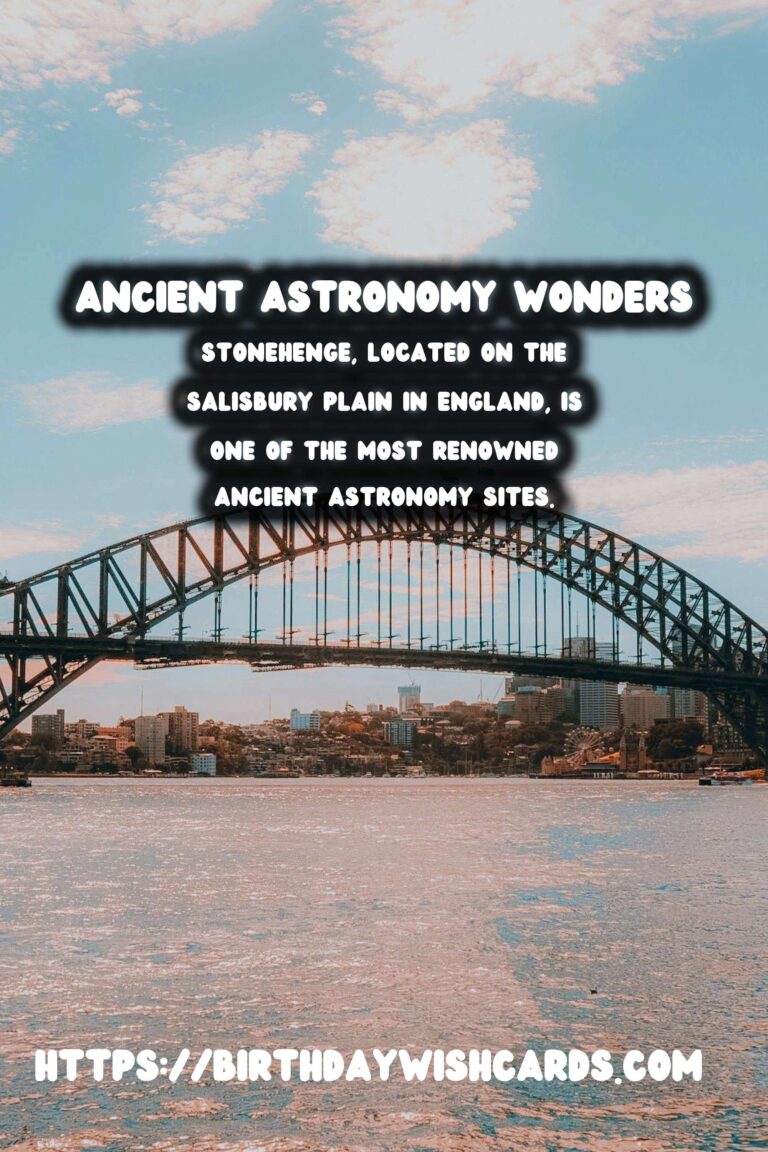
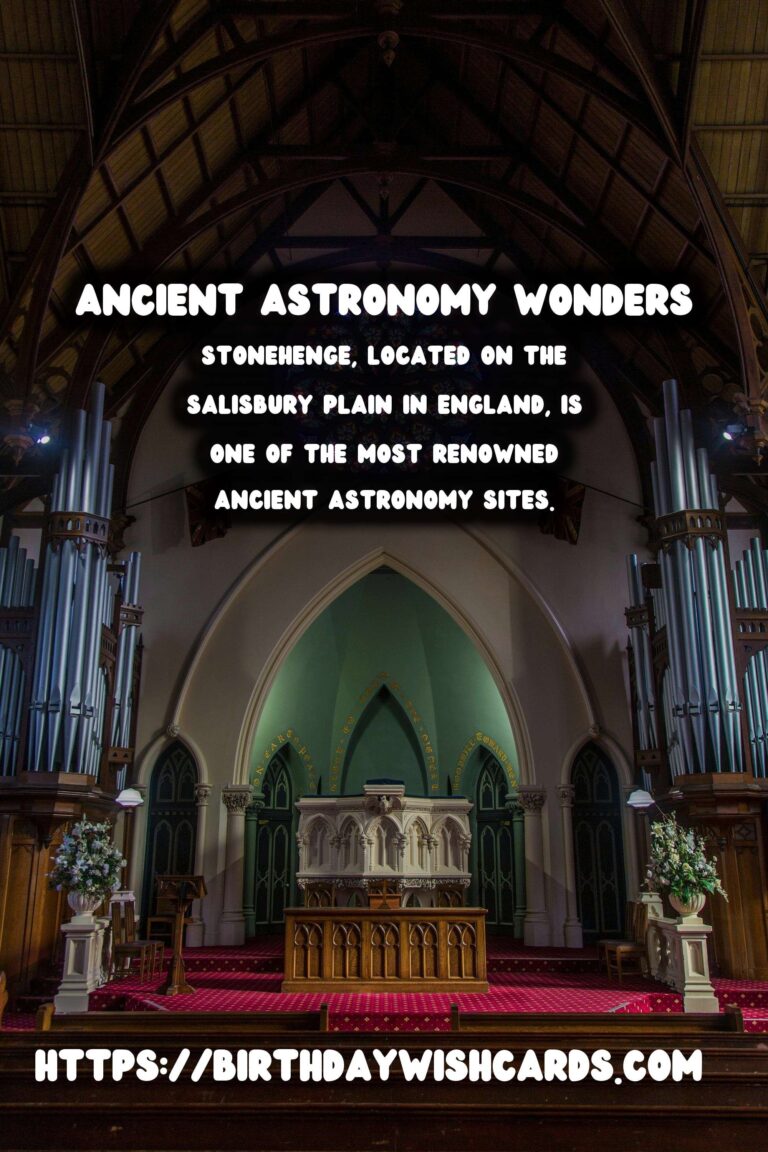
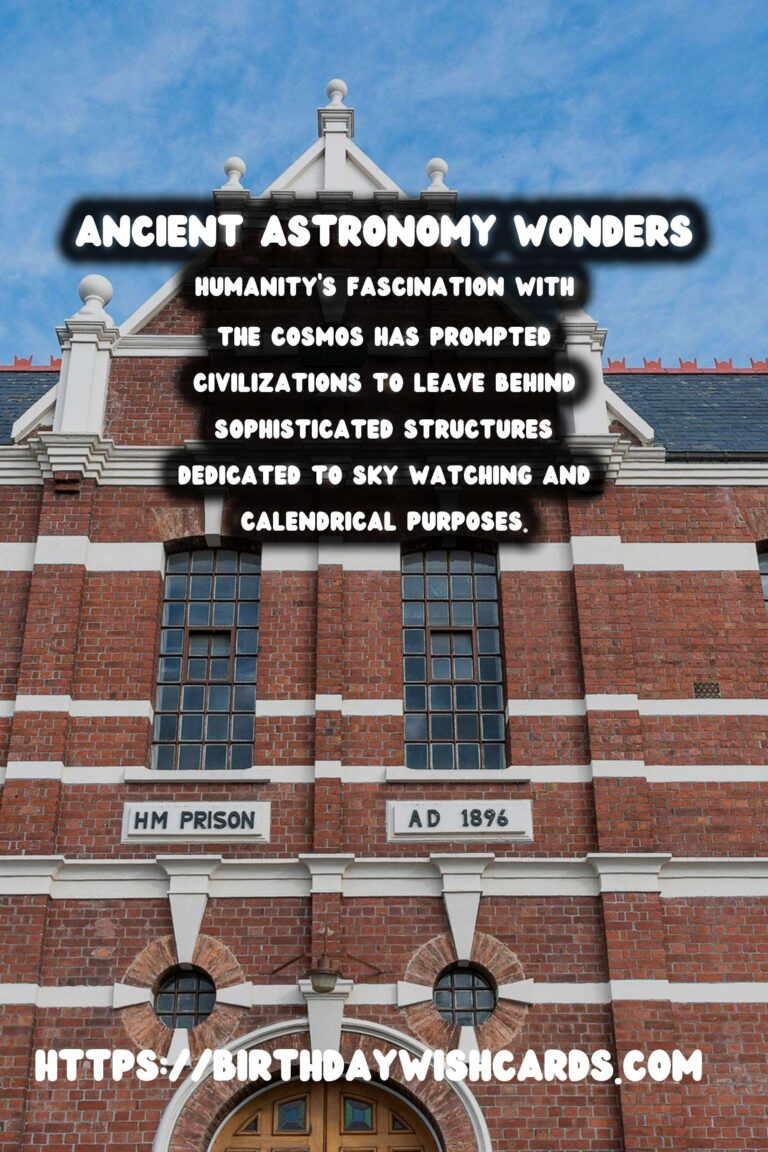
#astronomy #ancientsites




